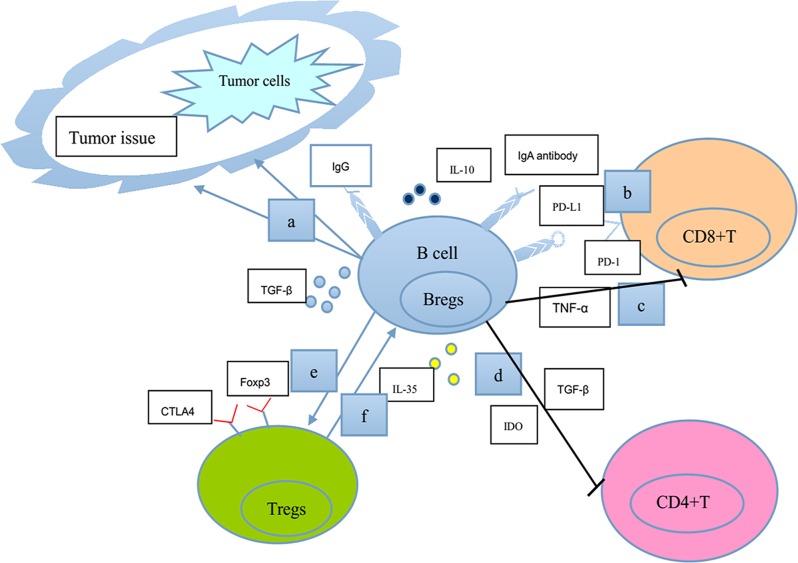Figure 1. A schematic model shows our current understanding of the negative functions of B lymphocytes in tumor immunity.
a. TGF-β-secreting Bregs affect EMT in tumor tissues directly or in cooperation with Ras or Wnt signaling pathways. b. IgA-producing plasmocytes express IL-10, Fas-L, and PD-L1 (the ligand for the T-cell receptor), thus inhibiting T-cell-dependent tumor eradication. c. Bregs serve as a significant cellular source of TNF-α to limit immune surveillance by CD8+T cells. d. Bregs induce the anergy and apoptosis of CD4+ T cells through the production of TGF-β and IDO. e. Bregs enhance the expression of Foxp3 and CTLA-4 (markers for the suppressive ability of Tregs function) in Tregs through cell-to-cell contact. f. CD4+CD25+Tregs induce the expansion of B10 cells. Consequently, B lymphocytes could perform negative functions in the regulation of many processes associated with tumor immunity.

